 Officially published as of today! Learn Japanese Hiragana is one of three books on the subject of Japanese language and etymology that I have been working on for some time now. Although Learn Japanese Hiragana and Learn Japanese Katakana are separate and stand alone books, so it is possible to buy them as stand alone volumes. The most significant thing that distinguishes my books from any other hiragana and katakana textbooks out there, is that all and every single syllabary or a character was handwritten the way it should be. There is a huge discrepancy between a handwritten Japanese and computer fonts, and this subject is hugely neglected. When I started to study Japanese language 14 years ago, I always wished I had a book with handwritten examples of kanji, hiragana or katakana. But there is more. Not only each book has handwritten examples of hiragana and katakana, but also the kanji from which each of kana syllabaries evolved. Further, since hiragana evolved from kanji in cursive-script form, I included three different handwritten calligraphy scripts for each kanji to show a clear evolution from the standard script through semi-cursive to cursive script. In case of katakana I did the same thing with kanji radicals that each katakana evolved from. I have provided a detailed explanation of the origins of sounds of modern katakana and added a phonetic guidance based on pronunciation found in the online Oxford dictionary of English language. You should be able to replicate the proper sound of each katakana syllabary wit ease. In addition, I discuss the history of evolution of hiragana and katakana on a background of the history of Japanese calligraphy. I have included hand written stroke order charts of each syllabogram, with arrows pointing towards the correct direction of writing. All handwritten examples are based on traditional or historical Japanese calligraphy. Last but not least, I have included space for exercises, where you can practice your writing modelling yourself on the examples I have provided. Learn Japanese Katakana and Learn Japanese Hiragana is now available on my store on lulu.com, but in few weeks it will be available on Amazon, Barnes & Noble, etc. but if I receive enough requests I consider publishing it also in electronic form for Kindle, Nook, iBooks. Visit my page on Lulu bookstore to see preview of the book.  Officially published as of today! Learn Japanese Katakana is one of three books on the subject of Japanese language and etymology that I have been working on for some time now. Although Learn Japanese Katakana and Learn Japanese Hiragana are separate and stand alone books, so it is possible to buy them as stand alone volumes. The most significant thing that distinguishes my books from any other hiragana and katakana textbooks out there, is that all and every single syllabary or a character was handwritten the way it should be. There is a huge discrepancy between a handwritten Japanese and computer fonts, and this subject is hugely neglected. When I started to study Japanese language 14 years ago, I always wished I had a book with handwritten examples of kanji, hiragana or katakana. But there is more. Not only each book has handwritten examples of hiragana and katakana, but also the kanji from which each of kana syllabaries evolved. Further, since hiragana evolved from kanji in cursive-script form, I included three different handwritten calligraphy scripts for each kanji to show a clear evolution from the standard script through semi-cursive to cursive script. In case of katakana I did the same thing with kanji radicals that each katakana evolved from. I have provided a detailed explanation of the origins of sounds of modern katakana and added a phonetic guidance based on pronunciation found in the online Oxford dictionary of English language. You should be able to replicate the proper sound of each katakana syllabary wit ease. In addition, I discuss the history of evolution of hiragana and katakana on a background of the history of Japanese calligraphy. I have included hand written stroke order charts of each syllabogram, with arrows pointing towards the correct direction of writing. All handwritten examples are based on traditional or historical Japanese calligraphy. Last but not least, I have included space for exercises, where you can practice your writing modelling yourself on the examples I have provided. Learn Japanese Katakana and Learn Japanese Hiragana is now available on my store on lulu.com, but in few weeks it will be available on Amazon, Barnes & Noble, etc. but if I receive enough requests I consider publishing it also in electronic form for Kindle, Nook, iBooks. Visit my page on Lulu bookstore to see preview of the book. Thi is a continuation of my previous articles on my new book series on Japanese hiragana and katakana. To view previous posts, see here about the book concept in general, and here in regards to the book cover project. Below I am inserting a gallery of 3 images (click any to view). You can see what resources I used for writing the first book on Japanese hiragana. Then there is a sample page, and finally a table of contents page which should shed more light on what can one expect tom find inside. A few words regarding the sample page. Since I published the first draft I received great feedback from you guys, so thank you very much, and I decided to improve a few things. bibliography sample page table of contents I added an intuitive phonetic guide based on Oxford Advanced Learner's Dictionary's British and American English pronunciations of chosen words. This should clear a lot of confusion whenever a tricky pronunciation comes up (such as ゑ / "we"). I also explain where from each of the hiragana syllabograms take their sounds. For example, the hiragana syllabogram つ evolved from the cursive form of kanji 川, but none of the Japanese readings of this character is つ. The book is addresing address all of those issues.
Each hiragana syllabogram will have explained the stroke order and stroke direction, which is crucial for supporting a natural and comfortable way of writing. The diagrams will be large and clear. In table of contents you can see that there will be a general introduction, history of hiragana based on the evolution of Japanese calligraphy in Japan, as those are closely related. I am adding a short write up on the characteristics of the Japanese writing systems, and I define it very clearly what are kanji, what are kana's and what is the difference between them. Today I was designing a cover for one of the books that I will be publishing this year. Yes, it will be quite a year. This is not the final design yet, and it can be changed, so I am posting it here to hear your feedback. Feel free to comment below or drop me a line at [email protected]
To read more about this publication, please see a separate article on the subject. Some of you probably know that I am working on several book projects. Today I decided to add one more, or actually two more. Last year I created a free tutorial on the origins of hiragana and katakana, but it is split into 96 separate articles, and all of the material is online. So, I decided to put together two small exercise books, one for hiragana and one for katakana. Books will include additional information, such as the history of both kana syllabaries, and a short dictionary that will explain all the difficult terms, etc. Below is a sample page from the hiragana book. It is still just a draft, but I wanted to hear your opinions. Perhaps I could improve it. Those books are aimed at those who wish to learn how to write Japanese kana's. Every single Chinese character in those books is hand written by me, and each script is based on historical forms of a given kanji. The same goes to the kana syllabograms. Books will be in A4 format, available in hard form and as a pdf download. Edit: here is an updated version of the same page, which I created after receiving valuable feedback from you guys. I really appreciate it!
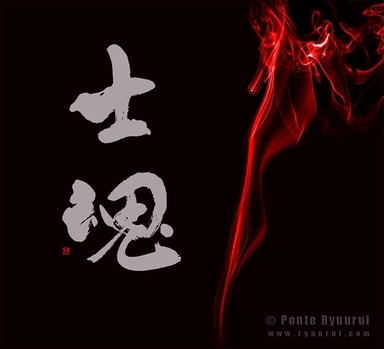 Each language has its own ways of expressing ideas and condensing thoughts or into laconic idioms or phrases. Since Japanese language is based on Chinese writing system, the idiomatic phrases can sometimes be very abstract or poetic. Such phrases are often based on Buddhist philosophy and way of seeing the surrounding world. Some are thousands years old, and thanks to the unique characteristic of Japanese kanji, the way such idioms were written has not changed at all for all those centuries. The data base of phrases and idioms that I am currently working on, is not just another dictionary of typical Japanese phrases or Japanese idioms. i am carefully selecting each phrase. Also, every single Chinese character is individually linked to my favourite online kanji dictionary, wwwjisho.org (created by Kim Ahlström) which is one of the largest and brilliantly designed interactive kanji dictionaries. Moreover, the readings of the idioms or words that you will find in my dictionary, are given in English and Japanese hiragana. Each of hiragana syllabograms is also linked individually to the Japanese kana database that I have created. This data base consists of handwritten characters, etymology of each syllabogram, and stroke order charts with correct hiragana and katakana stroke order. As you can imagine, linking all those characters is quite a taxing job for me, I am sure it will not only help those who study Japanese (or Chinese), but also will assist all those of you who are new to the wonderful world of Chinese characters and Japanese kanji, yet are fascinated by its exotic originality, to better understand its mechanics, and how words and ideas are conveyed through Chinese characters. There is also a separate section with Japanese calligraphy jargon explained. Some of the phrases will be linked to my store with calligraphy art or photography & calligraphy art combined, where you can purchase prints with your favourite phrase, and decorate your home, or offer it as a gift. If you like a particular phrase and want me to write it for you in Japanese calligraphy, then feel free to message me at [email protected] Errare humanum est, so if you do spot a mistake, or an error in linking, please let me know by mailing me at [email protected] or messaging me on facebook at Ponte Ryuurui or Learn Japanese and Chinese calligraphy Last but not least, since it is my first post in 2014, I would like to wish you all a happy new year. I would also like to thank Snow Forest (雪森) for her assistance with selecting some of the idioms and phrases, as well as with determining the correct reading (many idioms have special readings, which are often unknown even to native speakers). pictured calligraphy: 士魂 - samurai spirit  Japanese hiragana syllabogram き is based on the cursive form of the Japanese kanji 幾 (several, some). If you look at the diagram above, you will notice a gradual simplification and reduction of brush strokes of the Chinese character 幾, starting from the standard script (楷書), through the semi-cursive script (行書), to the cursive script (草書). Syllabogram き is a simplification of the cursive script form of 幾, and it follows the same stroke order. |
Categories
All
AuthorPonte Ryuurui (品天龍涙) Archives
August 2020
|
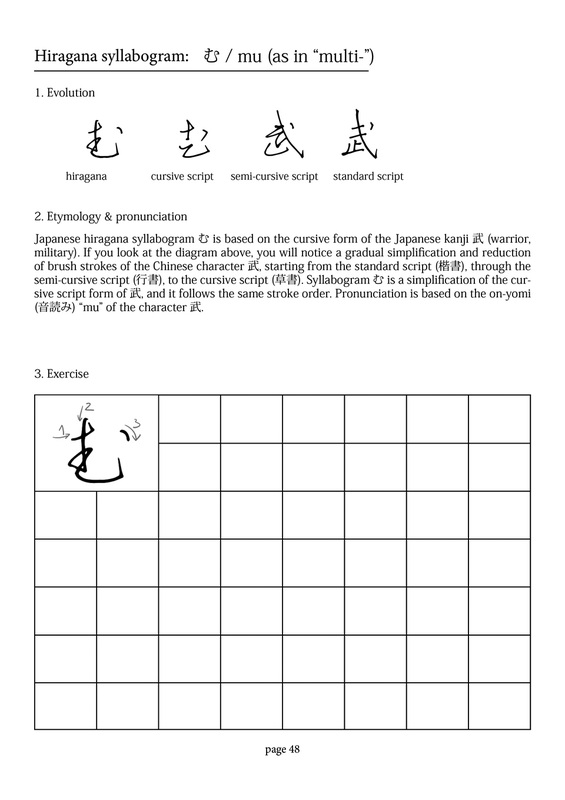
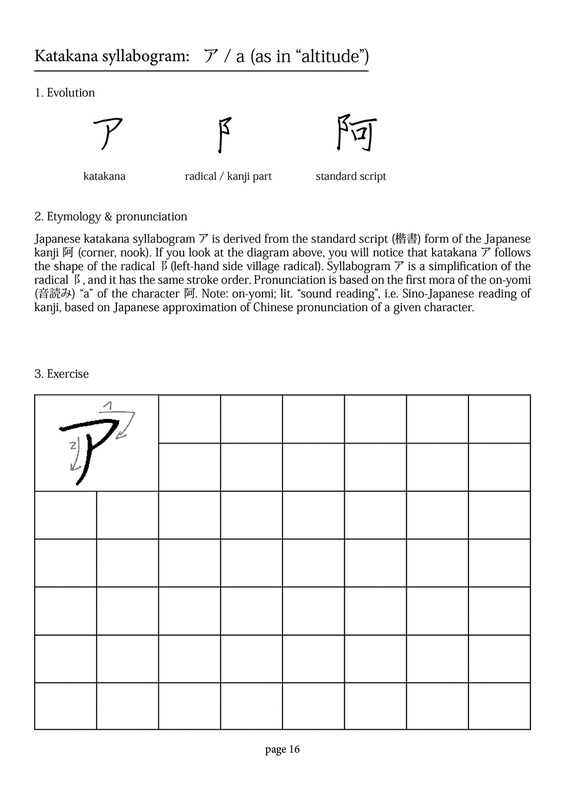

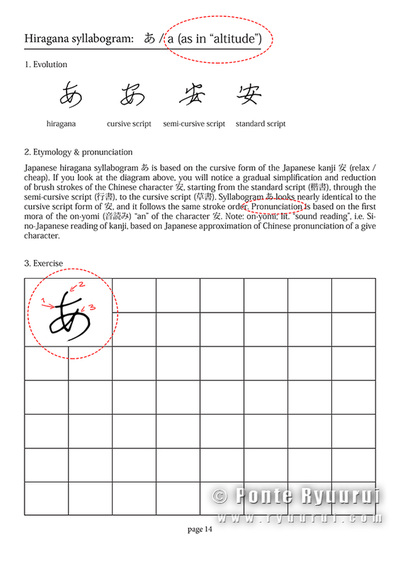
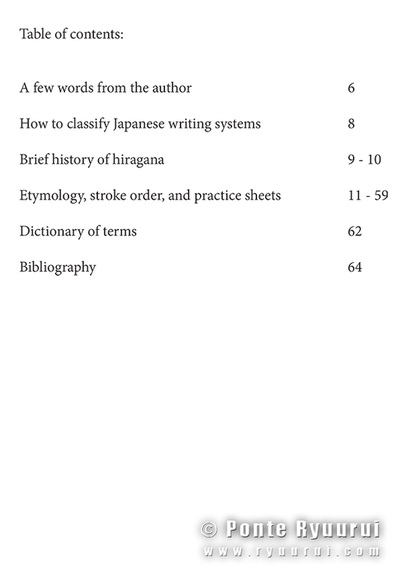

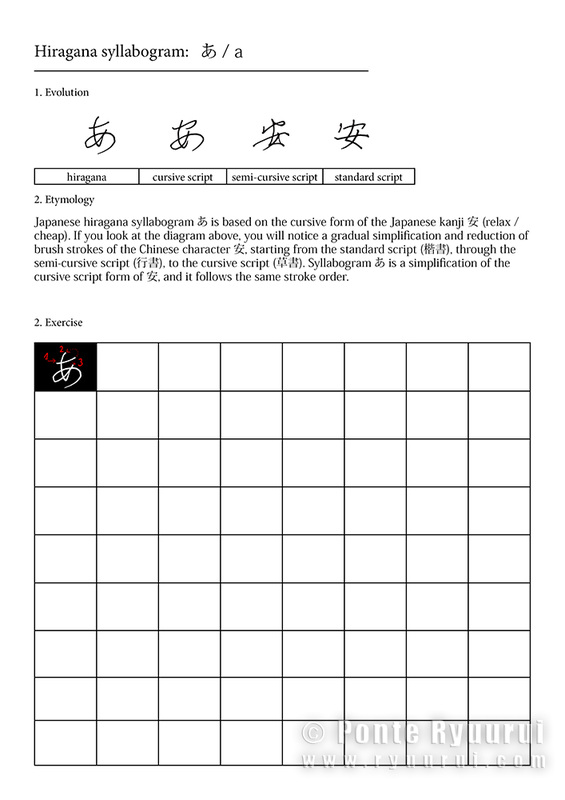
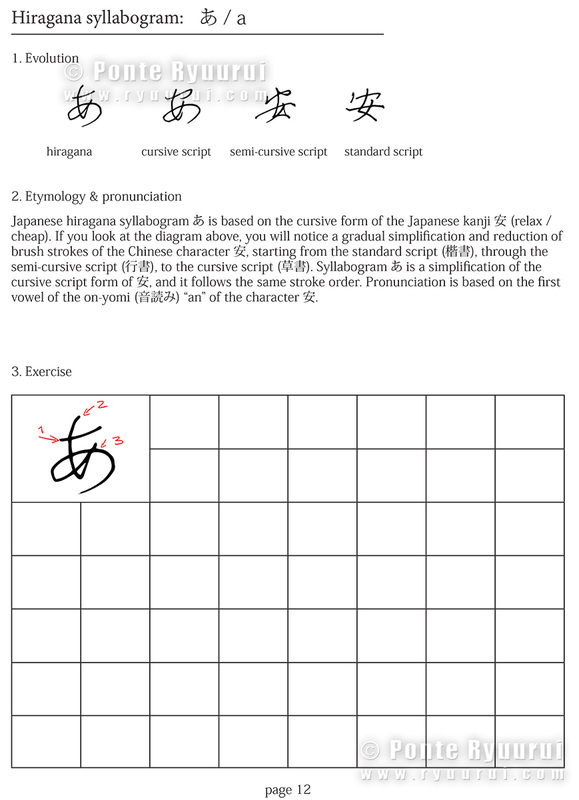

 RSS Feed
RSS Feed
